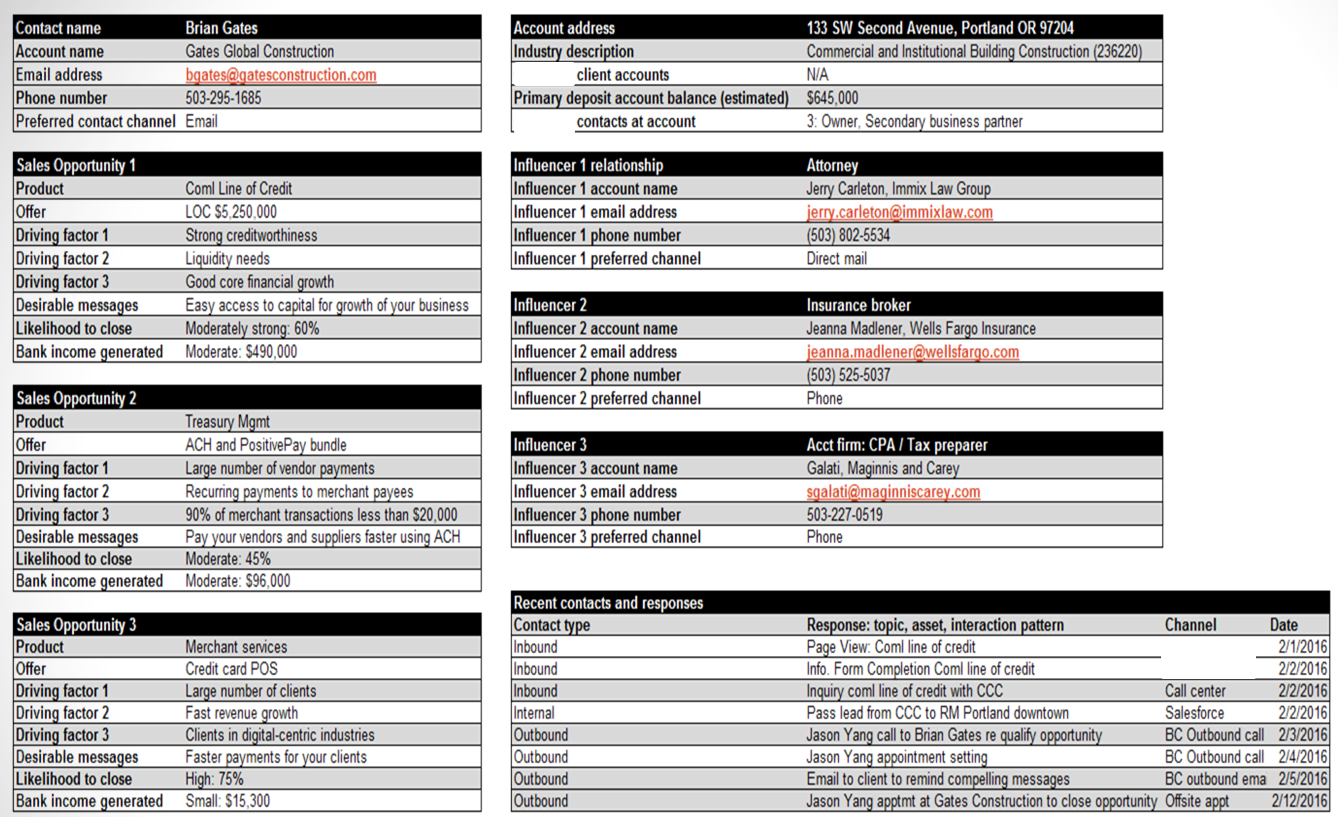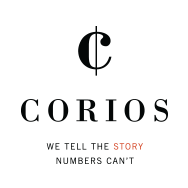Next best offers: As marketers we have many offers we can target and deliver, each to a large pool of customers. The question remains, what are the best offers to make, not only measured by what’s best for your company, but more importantly what’s best for your customers. To qualify as “best”, these offers should be customer-relevant at that time in your customer’s relationship, and address their unmet needs.
The most conventional (but least effective) approach to select the best offers relies on sorting by the most profitable products and executing those offers to the company’s best customers. A more effective approach is to sort and target the best customers first; this is better but far from the ideal strategy. We’ve found the ideal strategy in almost all situations is to target individual offers to individual customers through the customer’s preferred channel at the best time for that customer. Sure, this is analytically and operationally challenging, but the results we’ve seen in more than 80 cases with our clients has proven this to be the winning strategy. We’ve also found that the technical and operational challenges are really not the limiting factor. Instead, it’s the change management required inside the company to fundamentally alter the way offers and channels are prioritized, how success is measured, and to convert the organization from a product-centric mentality to a customer and contact strategy focus.
In order to overcome this cultural challenge, we’ve found it is the most fruitful to put this capability right in the hands of relationship managers in the sales field, because their top-line revenue contribution is vitally important and they are always willing to consider prudent ways to spend more time with the customers who are actually interested and in the market. Correspondingly, we converted our approach to next best offers to not focus only on the needs of marketers, but also to focus on sales management and relationship managers.
How did we do this? First, we delivered our next best offer strategies through CRM platforms like Salesforce and Dynamics, which are the most common platforms our clients use.
Second, we converted the format of each next best offer into the structure that relationship managers want to consume. Specifically we added a sales narrative to each next best offer. Sure, we still perform our selection of offers using sophisticated analytics approaches, but frankly, the details of those approaches aren’t that relevant to our relationship manager audience. Instead, what they find useful are business-friendly English descriptions about each customer’s profile and what makes them likely to prefer that offer. This aids the relationship manager by giving them a clear set of tips to start the conversation. For example, “how other customers like you use this product, and the value they get out of it” is better than having only information from the product manager’s perspective.
We’ve also found that customers who are ranked as highly preferable to want a certain offer, score high on that offer for very different reasons. So we call out in simple business English the top 3 reasons that makes that customer a high scorer. This means the offers are not just marketing-qualified, but we can also speed up how quickly they become sales-qualified. This works for consumer offers and for business offers. Check out this example.

If you want to get to work on building this strategy for your firm, contact us directly at president@coriosgroup.com.

